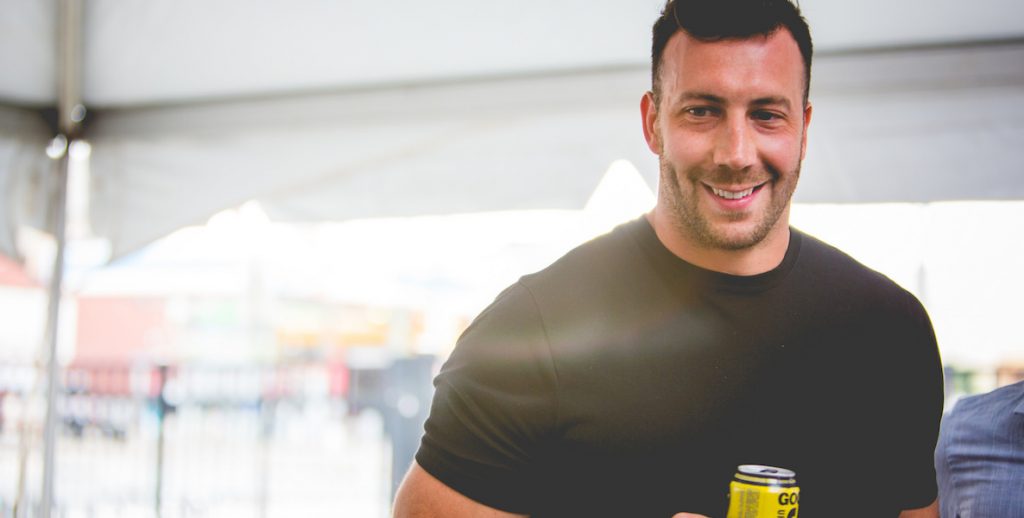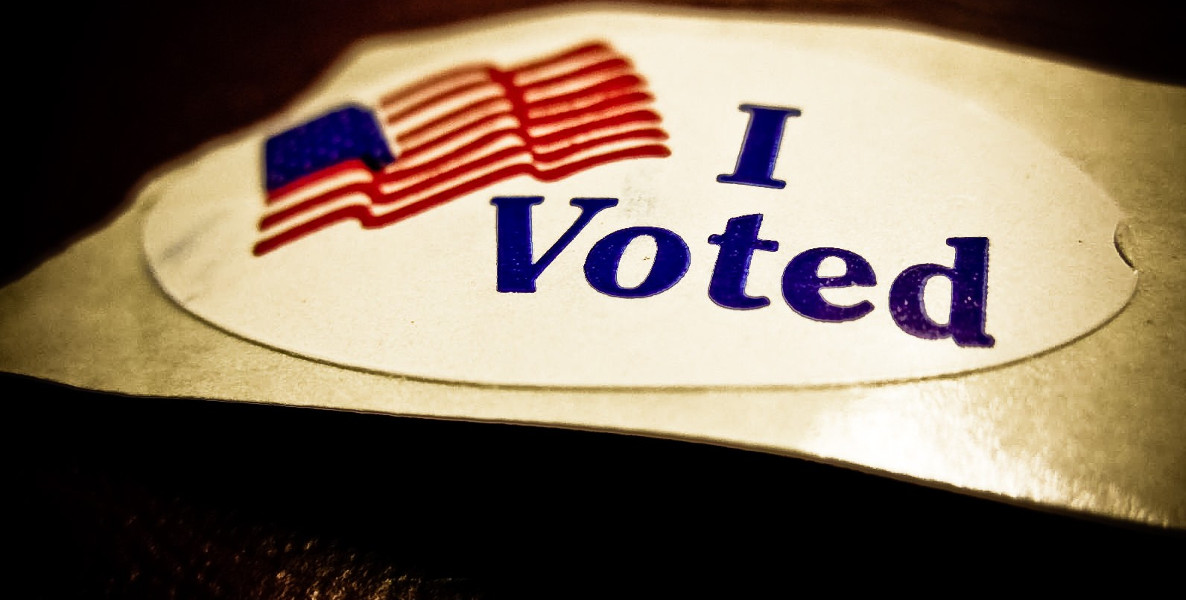In the chart below, you’ll notice that Minnesota outvotes us, 37.17 percent to 25.5 percent. But that statistic begs some explanation. In reality, our turnout totals don’t stack up even that well. That’s because that 37 percent reflects turnout solely for the last mayoral election in Minneapolis. But we’re playing a team bearing the name of an entire state, and when you look at Minnesota’s performance at the polls, you find a Super Bowl contender when it comes to election turnout.
In 2008, statewide turnout in Minnesota was nearly 80 percent; in the last presidential election, nearly 3 in 4 Minnesotans voted, making the state tops in the nation both times. (Pennsylvania is somewhere in the middle, with around 64 percent turnout.) Some districts turn out in excess of 90 percent of eligible voters. For mid-term elections, Minnesota’s ranking drops to sixth—50 percent in 2014.
What explains those numbers? According to Andrew Putz, executive editor of MinnPost, a nonprofit news site focused on politics and public policy, there are several factors that contribute to the state’s success in turning out the vote. “First and foremost, the state makes it easy,” says Putz, a former Philadelphian who was an editor at Philadelphia magazine and the Philadelphia Daily News. “We have same day voter registration, no voter ID law and no-excuses absentee voting, which allows people to vote in-person starting six weeks before an election. It also helps that there are legitimately competitive elections. Yes, the state has gone Democrat in presidential elections forever, but our state Legislature is closely divided, as is our Congressional delegation. Trump–backer Michele Bachmann and Clinton surrogate Keith Ellison—the first Muslim elected to Congress—were first elected to the House the same year.”
Minnesota’s track record at the polls may also have something to do with an overall ethos of civic participation. The state boasts the nation’s third highest rate of volunteerism, with 38 percent of residents—more than 1.5 million citizens—contributing in excess of 150 million volunteer hours per year. “It’s hard to quantify, but there is something to the whole Scandinavian-rooted, upper Midwest tradition of civic engagement here,” says Putz. “It’s actually a thing.”
If you’ve been reading this column, you know that my wingman has been Professor Richardson Dilworth of Drexel’s Center for Public Policy. Well, when I ran past him Minnesota’s turnout success, he threw up a big wall of caution. “I think it may be worthwhile to play devil’s advocate for you,” he told me. “There may be a legitimate argument against making it too easy to vote. We are, after all, comparing ourselves to a state where the citizens elected Jesse Ventura governor, which should at least give us pause in uncritically praising voting in Minnesota.”
According to Dilworth, making it easier to vote through reforms such as same-day registration runs the risk of attracting less informed voters. “Voting simply for the sake of voting implies that there is no such thing as taking a principled stand in deciding not to vote,” says Dilworth. “I think we might take some comfort in Philadelphia in thinking that many Philadelphians don’t vote in many elections because they know the outcome won’t have much impact on them. They aren’t lazy or uninformed—they’re rational. That may be a reflection of a larger problem with our local political system, but it’s not necessarily one that will be fixed through higher voter turnout.”
Minnesota Idea to Steal: Evangelizing for Voting
Minnesota Secretary of State Steve Simon has made it his mission to cheerlead for voting throughout the state. He’s convinced the state’s professional sports teams to air get out the vote ads; he’s launched a mock election program in 300 high schools; and he’s set up voter registration competitions on college campuses.
As Simon has shown, a culture that values civics starts early. That message dovetails locally with the platform of the Rendell Center for Civics and Civic Engagement, a nonprofit run by the state’s former First Lady, Judge Midge Rendell, that seeks to get civics education off life support in our schools. In Minnesota, young people aren’t just taught civics in school; they’re also encouraged to volunteer at polling places. High school homecoming king and queen elections actually use real voting machines, so kids get in the habit of going to the polls. And one program—the Vote in Honor of a Veteran campaign—has asked voters to wear a sticker to the polls bearing the name of a loved one who fought for the right to vote.
I tend to defer to Professor Dilworth’s expertise, and he makes a good point that higher turnout alone is not necessarily a cure-all. But I’m an eternal optimist and I have to believe that, on balance, more participation—as in Minnesota—can’t help but be a civically positive thing.
Next week we take on Dallas, our division rival!
Connor Barwin is the Eagles defensive end and runs the Make The World Better foundation, which works to refurbish city parks.


